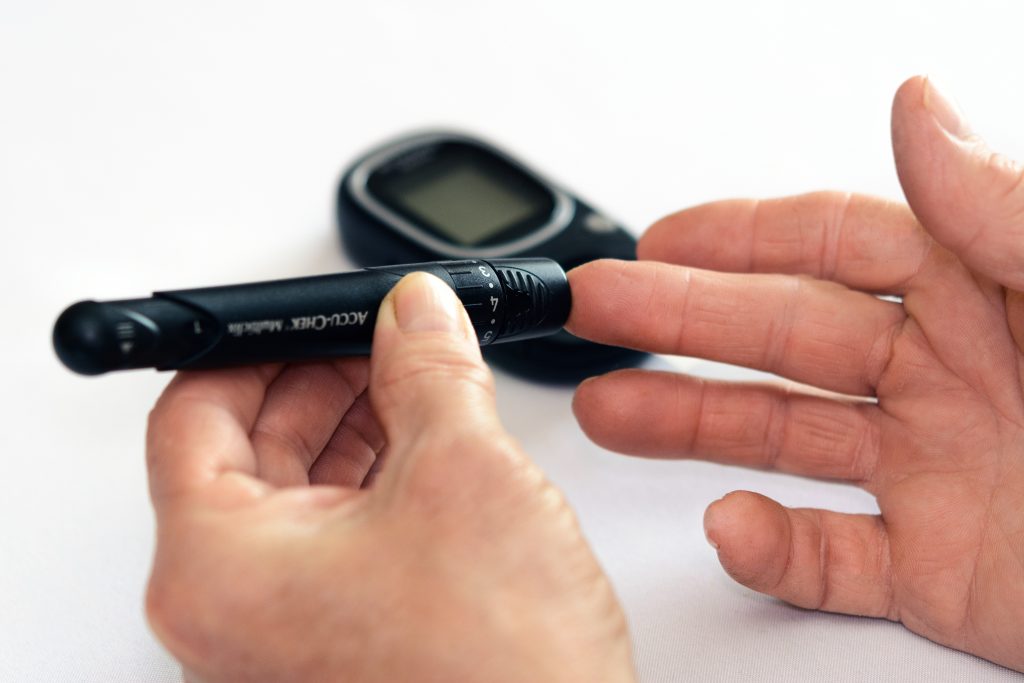People who suffer from diabetes might get a chance to experience improved monitors for glucose levels in their bodies. Scientists from Washington State University have developed a 3D-printed glucose biosensor that patients can use in wearables to track their health.
Current Diabetes Monitoring
Currently, patients suffering from diabetes need to monitor the disease with continuous finger pricking. It’s a time-consuming and invasive technique that requires the patient to be consistent. An alternative is the systems which allow you to constantly monitor glucose levels but they come with a hefty price tag.
Up until now, researchers have tried to create wearables that adjust to the patients’ skin and track glucose in sweat. However, these electronics use harmful chemicals and excess waste in the making process since the main manufacturing strategies are photolithography or screen printing.
What Are 3D-Printed Glucose Biosensors
The research team led by Arda Gozen and Yuehe Lin from WSU’s School of Mechanical and Materials Engineering have created a glucose monitor with the help of 3D printing. The biosensor is made via a direct-ink-writing (DIW) process to print precise designs using special inks.
The method consists of printing nanoscale particles that conduct electricity. These particles form flexible and highly-sensitive electrodes. The team found that the biosensors made with the 3D printing technique picked up traces of glucose with higher accuracy than the traditional sensors.
3D printing creates fully-customizable products and it is cost-effective since it uses only the needed amount of production material, unlike the former processes. Arda Gozen said in a statement that “3D printing can enable manufacturing of biosensors tailored specifically to individual patients.”
The WSU team’s research has been published in the Analytica Chimica Acta journal at the end of 2018.
The Production of Biosensors for Wide Use
Medical products manufacturers will have to combine 3D-printed glucose biosensors with other electronic components in wearables to work properly. It means that on a large-scale production they should use other pieces to create the wearables. The process of making the biosensors, however, stays the same.
In a final statement, Yuehe Lin said that the “3-D printed glucose sensor will be used as wearable sensor for replacing painful finger pricking. Since this is a noninvasive, needleless technique for glucose monitoring, it will be easier for children’s glucose monitoring.”

The graphic shows the 3D‑printed biosensor for glucose sensing, and illustrates the direct-ink-writing of electrode and enzyme ink.






